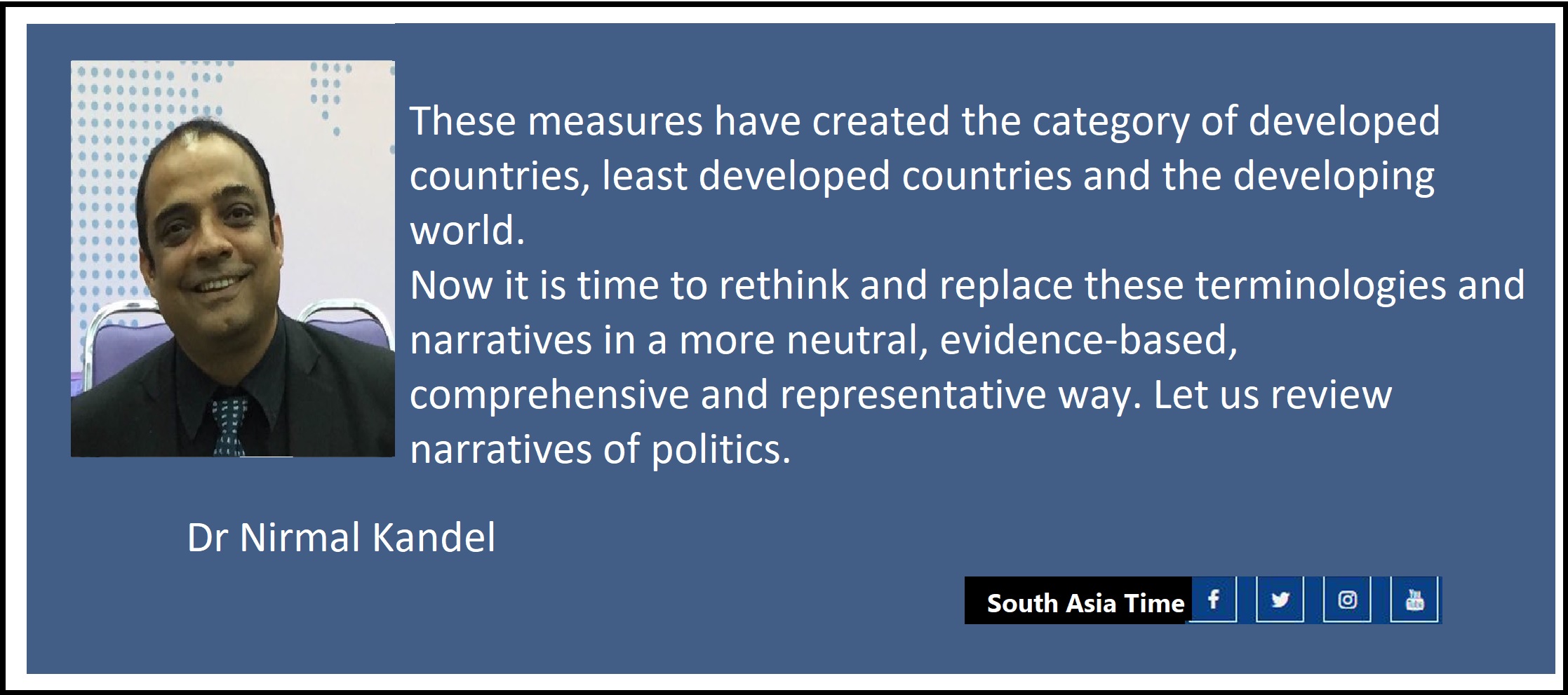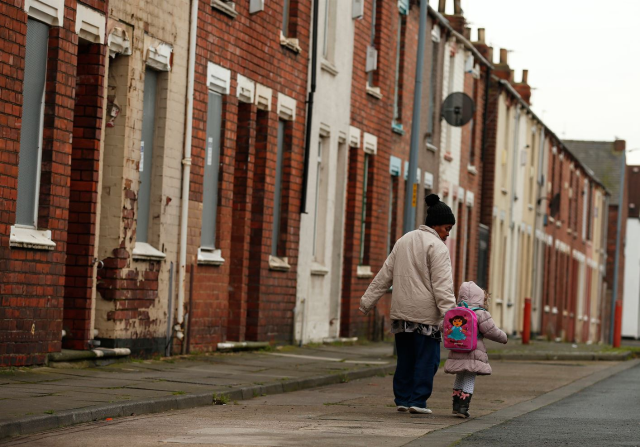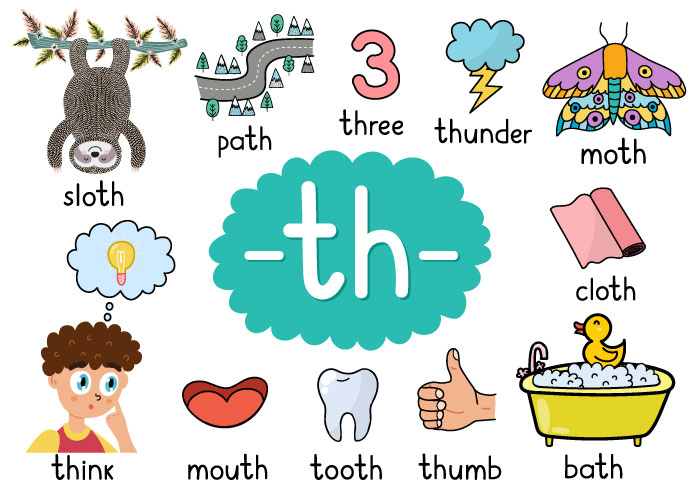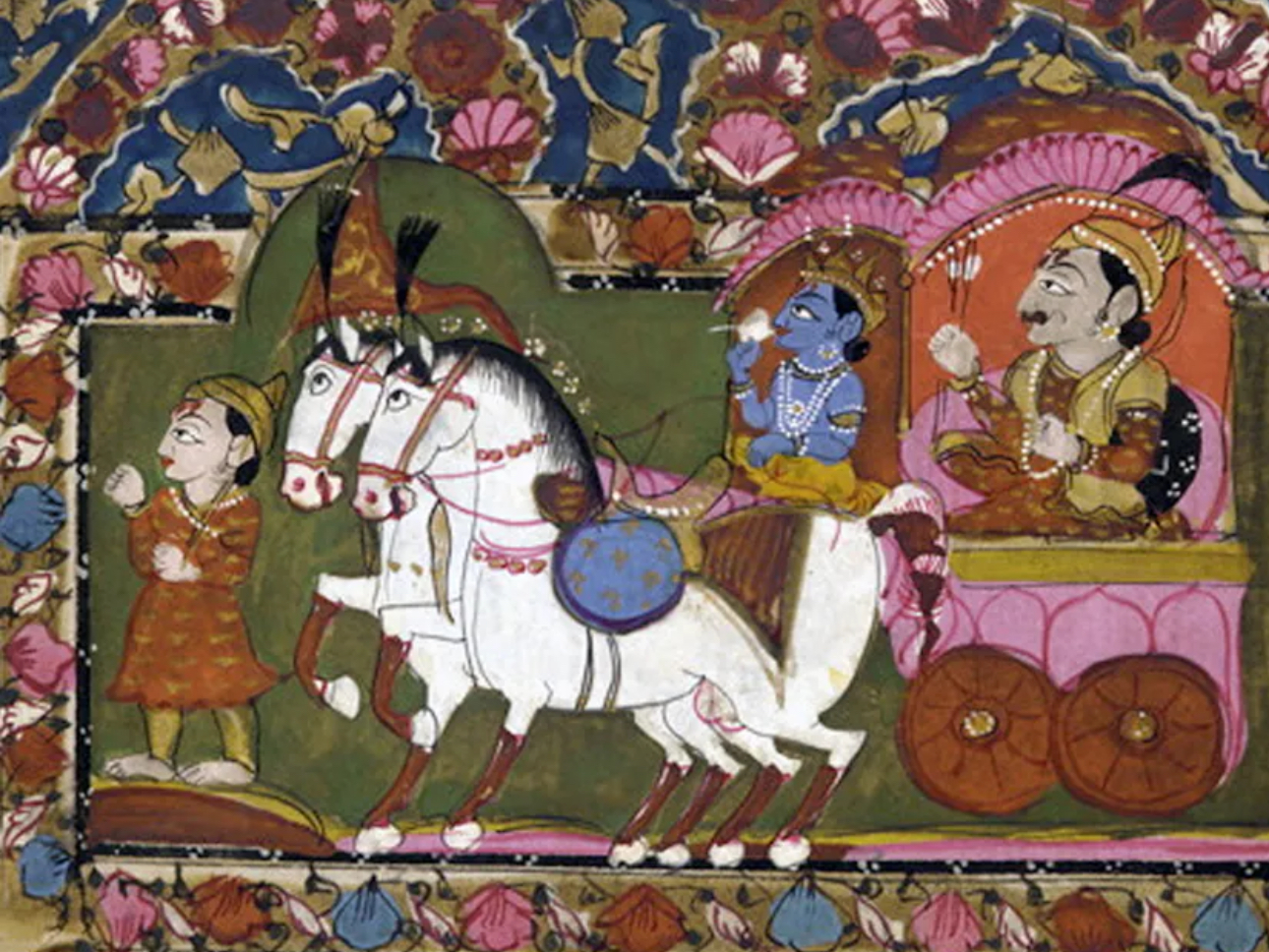Stop calling resource-constrained countries ‘Poor’ or ‘Poorer’

Many terminologies were created, defined, narrated and applied based on ideologies, theories, philosophies, strategies and measures and many of them are tested by many crises. Most of these terminologies were derived by the Global North and influenced by their values in any area you name it. Be it education, health, development, economy, music, culture, language, social structure or even a toilet paper and the list is long, where anyone can write a 300 pages book with concrete examples.
Now it is time to rethink and replace these terminologies and narratives in a more neutral, evidence-based, comprehensive and representative way. Let us review narratives of politics. The Global North practices are shown as the best political systems and presented as standards, and any deviation from these practices is either questioned or doubted. Every political system has pros and cons, and they are context specific. For an ordinary person, any political system is fine if it ensures individual freedom, rights, access to education, health services and basic needs and social protection.
Media plays an important role in shaping a society and how people learn and practice. Digitalization and the advent of social media added more responsibility on media to shape oir societies. However, critics argue that the information in these media is largely manufactured in favour of the Global North. Best practices in the Global South do not make it to the media. The information is routinely disseminated in the Global North as if there are a lot of problems in the South. For instance, people sleep on the street, they do not have electricity, proper clothes to wear and good schools or universities and ironically not having a McDonald’s or Pizzeria is a topic of conversation. They never share socio-cultural practices of the Global South that they take care of each other, especially in difficult times, follow traditional values and respect socio-cultural norms that shape the societies, indigenous knowledge and practices that are passed from generation to generation and the food that are healthier than the fast food. They never mention that the best products of those schools and universities are brain drained into their countries, and they are the one who are providing health care services and driving innovation and science.
Metrics to measure progress
Let us look at some metrics that are intended to measure the development or progress. The human development index captures three dimensions — knowledge, long and healthy life and decent living standards– to monitor the progress on development. The income status of a country (Gross National Income) is a measure to monitor the decent living standard’s progress. The measure has become a means to group countries as ‘rich’ and ‘poor’. Using this definition, all countries with less income than those of the Global North fall on the category of ‘poor’ and reflected as they do not have a decent living standards. The narrative is so well established that everyone, including those from the Global South but trained in the Global North, does not hesitate to call their own country as poor.
Income status alone should not be a measure to call one poor or not having decent living standards. Yes, many countries have resource constraints, but many other aspects make a decent living like social structure and norms, cultural practices and traditional values and human behavior and attitude. Although they are categorized as poor countries, their education, health, and social structures and practices are better than some of the high-income countries. Therefore, why didn’t the measure focus on employment rates, both formal and informal, or access to services like health and education as a proxy to the system’s capacity instead of income or both? In the end, what matters the most is the household income and provision of access to basics like health, education, shelter and food.
Resources: One of the top ten richest countries has the rate of unemployment at more than 6%, whereas one of the so-called ‘poor’ countries’ unemployment rate is less than 2% and have more service coverage. How on earth is this country being referred to as a ‘poor’ country? Not to forget many of these resource-constrained countries were once colonized by the Global North. Once upon a time, they were resource abundant countries. When the colonizer left, many of these countries became resource-constrained. Therefore, one of the biggest narratives that the world needs to change is to stop calling resource-constrained countries as ‘poor’ or ‘poorer’ countries.
Knowledge: Two measures are in use, namely expected years of schooling and mean years of schooling. These measures are better than the income status, but they do not measure the outcomes and has a discriminatory element the way they are practised. However, when they were developed, there was a good intention because many children were not making to primary schools in the Global South. What gets measured gets it done, and this might have ensured building more schools and enrollment. But these measures do not show how education and knowledge is translated into practice. Many countries from the Global North have better schooling system and are likely to score high, and countries from the Global South would score low. The measures do not capture traditional methods of learning. Then there is an introduction of another narrative, literacy rate or school enrollment. Do higher rates of school enrollment or highest literacy rate ensure awareness or application of knowledge on evidence-based decision making? They do not, and the world has a lot of evidence, the way false information and fake news go viral in milliseconds. There are proven public health and social measures that can control many diseases, and many educated, or literate, do not practice these preventable measures. A growing number of anti-vaccine groups in the Global North countries is another example of the difference between the literacy and awareness (applying knowledge into practices).
Therefore, why didn’t the development metrics measure knowledge application like compliance to public or social measures. Some may like to bring a topic of human rights and freedom of choice to comply with the measures or applying knowledge into practice. However, freedom of choice does not mean that you go to the parliament naked. Non-compliance of preventive measures puts the rest of the citizens at risk and every citizen is responsible to protect themselves and others. Measures for knowledge should look at ‘education for all’ (access to education, gender, racial balance and quality of education) and a metric that measures knowledge into practice. It can be either applying evidence-based science, public complying with the recommended measures or both.
Life expectancy: The last metric is life expectancy to measure a long and healthy life dimension. The outcome of any health programs is people’s longevity, but that does not necessarily mean that people are living healthy. Countries that had suffered from colonization have resource constraints to manage many health programs. On top of that, many countries suffered from many infectious diseases, leading to high mortality. Due to the resource constraints, they could not finance adequately on maternal and child health programs; therefore, there are high maternal and child mortality, which impacts life expectancy. Isn’t it important to measure the quality of life without any disability? For instance, many countries of the Global South have nuclear family where children take care of their old parents, which plays and important role to maintain mental, social and physical wellbeing. Modernization and globalization have been changing these practices in many places, but still, they do not send their parents to nursing homes with a few exceptions. The development metric could use the measure that addresses the quality of life perhaps using disability measures. Healthy life expectancy could be a better option that can reflect the quality of life people enjoy.
Perhaps, creation of measures and narratives has a good intention; however, the way it is practiced, it ignores realities, local practices and dignity of the other side of the globe. These measures and narrative are often discriminatory and do not reflect the real situation and undermined many Global South countries who were colonized in the past. For instance, these measures have created the category of developed countries, least developed countries and the developing world. Are not these categories derogatory? We are developing new technologies, theories and practices to serve humanity. The development is part of human evolution. Many of these were created in such a way that every narrative or measure favored the Global North. But, is it a real situation? Current evidence is enough to answer the question. Therefore, it is a right time to change these narratives and measures as we build back better. Let us begin first by not calling resource-constrained countries ‘poor’ or ‘poorer’ anymore.
A medical epidemiologist and anthropologist, Dr Kandel is also a member of Nepal Medical Association. The views expressed here are strictly personal views of the author.



















Facebook Comments